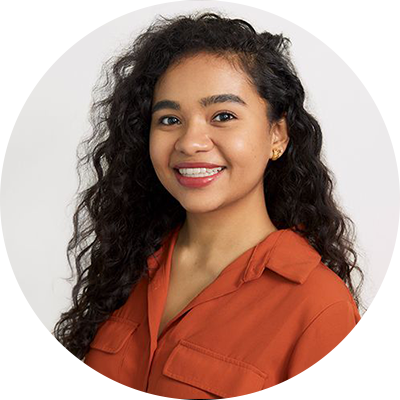Where to start with $30,000
Accumulating $30,000 by age 24 is something to be proud of. And your first move, once you reach that milestone, should be to ensure that your near-term finances are as secure as possible.
To that end, you can assess your debt situation and start using some of your savings to pay off credit card debt. Experian puts the average credit card debt among Generation Z at $3,266 as of 2024. But that debt could be costing you a ton of money in interest. So it’s a good idea to pay that off before you determine your emergency fund needs.
It's common practice to have three to six months' worth of living expenses tucked away in savings so you're covered in the event of a layoff or a major expense, like having to buy a new car.
If your essential monthly bills come to $3,000, you may want to allocate $18,000 of your $30,000 to your emergency fund. In that case, you can opt for a high-yield savings account so you can earn the most generous return possible on the money you're letting sit in the bank.
You may also want to use some of your extra savings to get ahead of other debt you might have, like student loans.
Federal student loan borrowers under age 25 owe an average of $14,160, according to the Education Data Initiative. If your balance is similar, with $30,000 to your name, you may be in a position to pay off all or most of your student debt and still have a solid emergency fund.
Scammers are smarter than ever—are you protected?
The average American gets 2 scam calls and 3 scam texts every week. Think you can spot them? AI is making scams harder to detect, and in 2023 alone, Americans lost $12.5B to cybercrime. Don’t be next—learn how to protect yourself now!
Learn moreHow to set yourself up for long-term financial security
Having $30,000 by age 24 is a great start. But once you've tackled your near-term needs, like establishing an emergency fund and paying off debt, it’s time to focus on your future.
One thing you should realize is that when it comes to investing, the more time you give your money to grow, the more you might end up with.
So let’s say that after taking care of any debts and short-term savings, you’re left with $5,000. If you put that $5,000 into a stock portfolio that generates a 7% return each year (which is a bit below the stock market’s average), in 40 years, you could be sitting on nearly $75,000.
Of course, $75,000 is not enough to retire on. The point, though, is that you can use your current savings to get a jump start on your long-term savings.
As far as where to put your money, you may have the option of contributing to a 401(k) plan if your employer offers one. If so, and if there’s a match involved, it pays to save your money there. Otherwise, you can open an IRA at any financial institution as long as you have earned income.
It often pays to save for retirement in an IRA or 401(k) because of the tax breaks involved. With a traditional IRA or 401(k), your contributions go in tax-free, and investment gains in your account are tax-deferred. However, withdrawals are taxed in retirement.
You may want to consider a Roth IRA or 401(k) at your age instead or at least to begin with. Though you won’t get a tax break on your contributions, your investment gains will be tax-free, as will your withdrawals.
And when you start funding a Roth account at a very young age, you get to benefit from many years of tax-free gains. In our example above, if you were to put that $5,000 into a Roth IRA that grows into $75,000, you’re walking away with $70,000 tax-free.
Fixed contributions for maximum growth
The fact that you’ve managed to save $30,000 by age 24 means you clearly have good financial habits. But aim to keep those up as your income grows.
A lot of people fall victim to lifestyle creep, where they take on additional expenses as their income rises. But people who do that often find they’re not able to continue saving because they’re committed to such large expenses.
If you have $30,000 by age 24, it means you’re probably a pro at living below your means. Keep that up so you’re able to continue saving money through the years, as it could lead to a very secure retirement.
In fact, let’s say you fund an IRA with $5,000 this year, and then continue contributing $500 a month to that account until age 65. That leaves you with around $1.4 million.
A recent Northwestern Mutual survey found that Americans think it takes $1.46 million to retire comfortably. So if you build on the good habits you’ve established already, you might manage to get to that point without having to break a sweat.
This 2 minute move could knock $500/year off your car insurance in 2025
OfficialCarInsurance.com lets you compare quotes from trusted brands, such as Progressive, Allstate and GEICO to make sure you're getting the best deal.
You can switch to a more affordable auto insurance option in 2 minutes by providing some information about yourself and your vehicle and choosing from their tailor-made results. Find offers as low as $29 a month.








